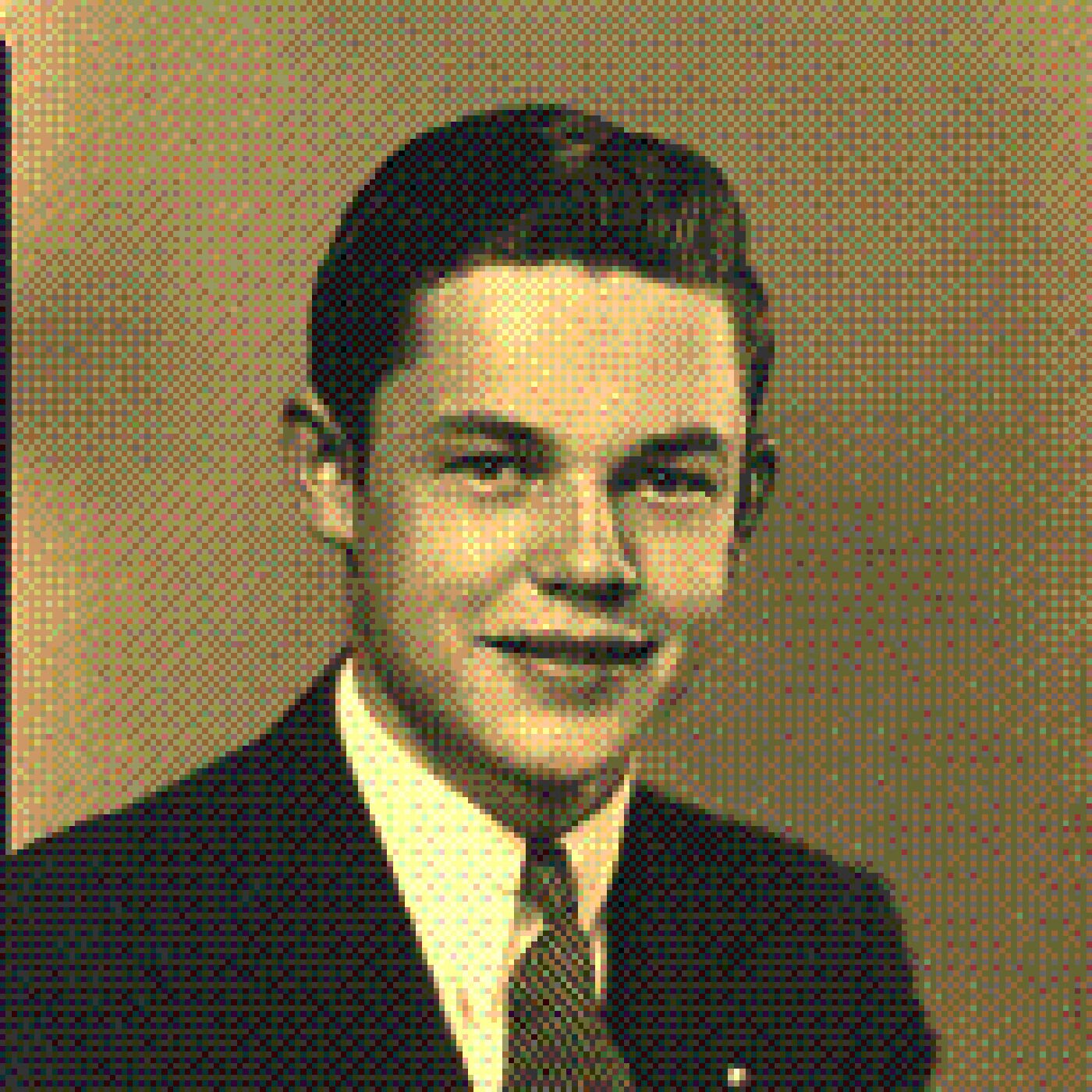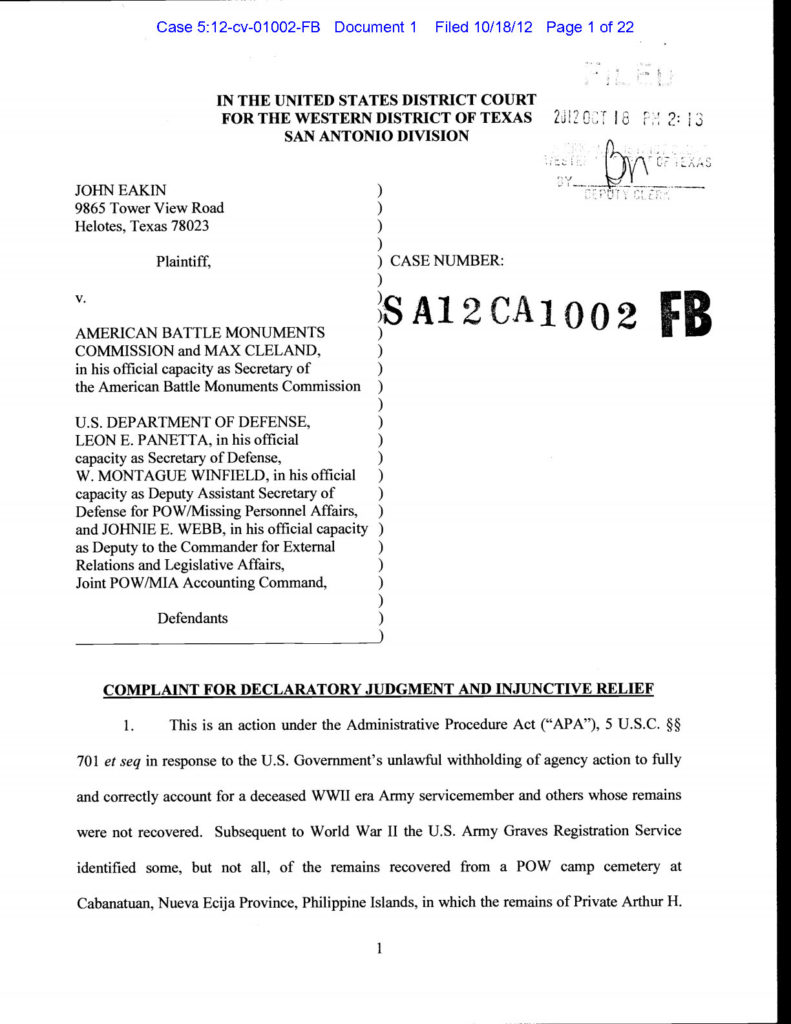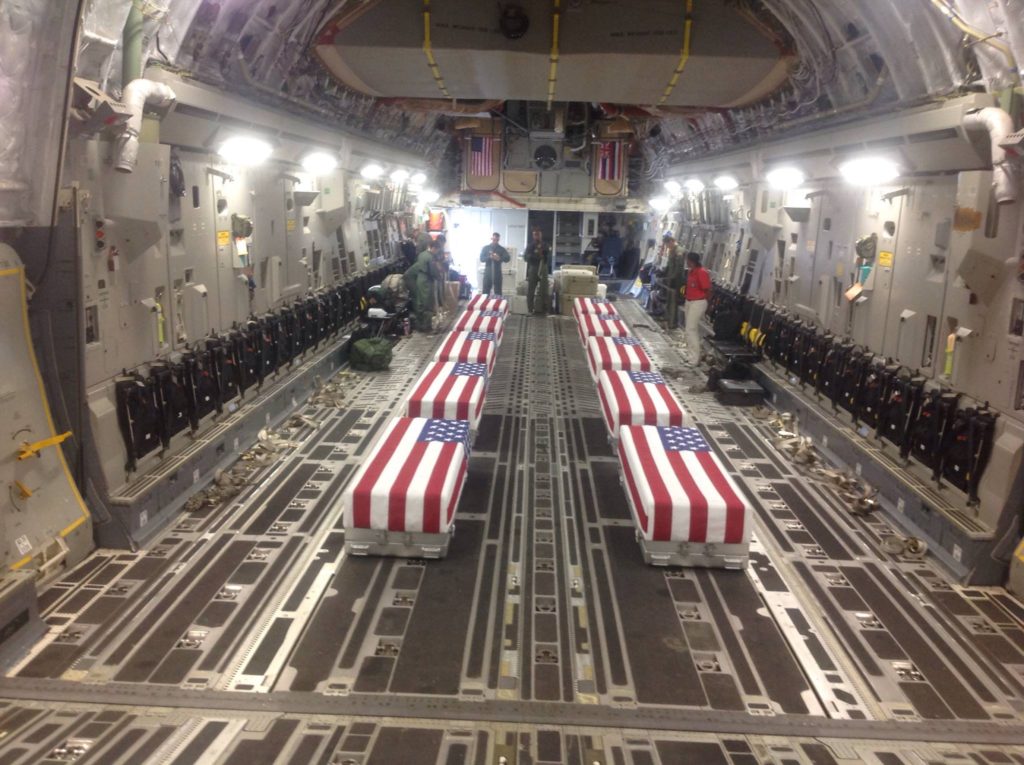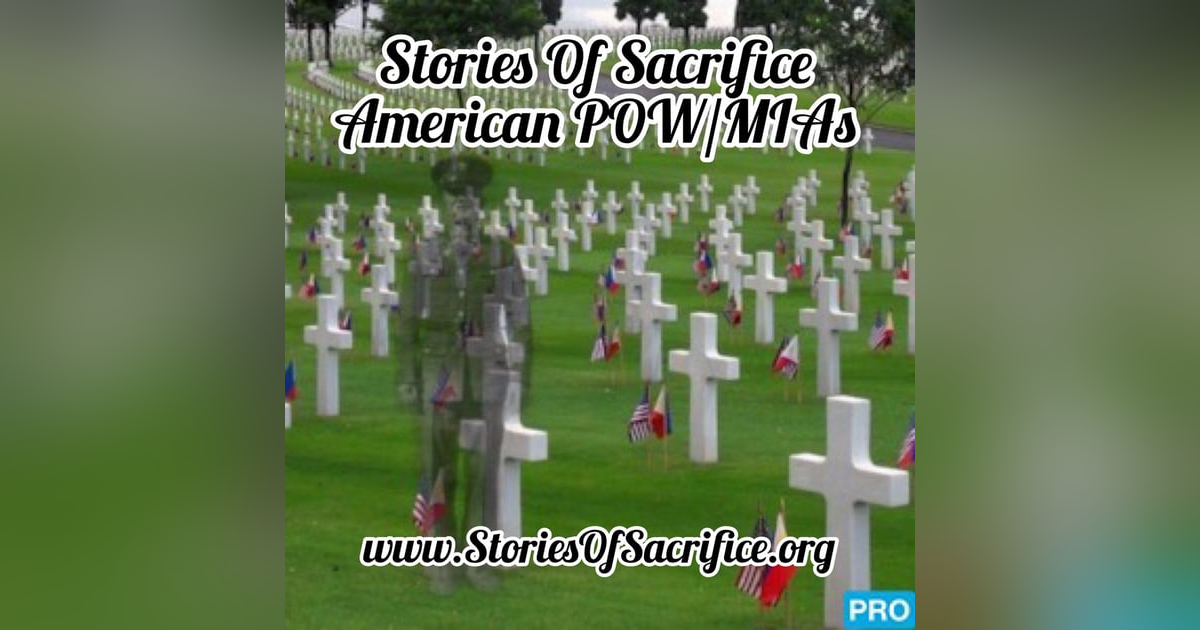Stories of Sacrifice - POW/MIAs - PVT Arthur H. “Bud” Kelder EP 18

Bud’s story is typical of those who died in the Cabanatuan POW camp after surviving the Bataan Death March. He was the first of more than 300 Unknowns to be returned to his family. Why is the Department of Defense dragging their feet on returning all...
Thank you for joining us today on Stories of Sacrifice podcast. We wanted to take a minute to announce that our podcast can also be found on YouTube which includes bonus interviews with WW2 POW/MIA families not found in the audio podcast. We also do a biweekly livestream on Monday nights 9pm Eastern time where you can call in and ask questions of our guests or tell us about a POW/MIA you might know about. You can find the YouTube link in this episode’s show notes or by searching YT for RV Traveling MIA Researcher. You can also use the hashtag #StoriesOfSacrifice
Private Arthur H. “Bud” Kelder, First Unknown Returned to his Family
Bud’s story is typical of those who died in the Cabanatuan POW camp after surviving the Bataan Death March. He was the first of more than 300 Unknowns to be returned to his family. Why is the Department of Defense dragging their feet on returning all of them?

This is an update of the first post ever published on BataanMissing.com. Much has changed since Bud was disinterred from his grave as an Unknown in Manila in 2014. More than 300 other families of MIA’s have received answers to their decades old question concerning the fate of their loved one.
The question now is not what happened to these men, rather, why have they not all been returned home? Its not a pretty story and will leave many families wondering who is actually buried in their family plot.
Private Arthur H. “Bud” Kelder was stationed at the Sternberg General Hospital in Manila at the outbreak of World War II. Upon the outbreak of war, he was consolidated in to General Hospital #2 located on the Bataan Peninsula. After the April 9, 1942 capitulation of the American forces in the Philippines, he endured the Bataan Death March, Camp O’Donnell and, ultimately, Cabanatuan Camp #1 where he died of malnutrition and diphtheria on November 19, 1942. 

2,729 Americans were buried in two cemeteries at Cabanatuan Camps #1 and #3 between June 3, 1942 and October 28, 1944. 1,756 of them were identified and buried as directed by their families, either in the States or an overseas military cemetery. 973 are still listed as Unknowns, most buried in the Manila American Cemetery and a few in the National Memorial Cemetery of the Pacific (The Punchbowl).
The U.S. Air Force didn’t exist when these men gave their lives for their country.Nearly five months after Bud’s remains were disinterred, the Department of Defense, using outdated mitochondrial DNA identification techniques, returned the skull and three long bones to the Kelder family. These remains were buried next to his parents as they had wished.Bud Kelder was the first World War II Unknown returned to his family in modern times. In an effort to dispose of the still pending litigation, a few of Bud’s bones were quickly – after “only” five months – identified. A few token bones from each of the others were slowly returned to their families for burial.While, at this writing, more than five years after they were exhumed, at least token portions of most of the fourteen men of Grave 717 have been identified. However, they have led the way for more than 300 additional Unknowns to be disinterred. They have also shown some of the U.S. Government’s dirty little secrets.
- The Department of Defense selectively chooses – “cherry picks” – the cases they disinter in an effort to meet their congressionally mandated minimum number of identifications and also to minimize the embarrassment to the government due to erroneous identifications.
- Why does the Department of Defense refuse to return MIA’s upon a family’s request?
- Why do they return only a few token bones instead of the nearly complete remains recovered from the cemeteries?
- Why do they cling to outdated and ineffective identification techniques? Rather than using the state of the art techniques employed by the rest of the world, the Department of Defense clings to the use of outdated identification techniques as an excuse to avoid recovering and timely identification of the missing.
- How do they dispose of the major portion of the remains that are beyond their ability to identify?
- While the government knows who was misidentified and/or commingled with the remains of others, they avoid correcting their errors.
For more information on Bud Kelder’s story, you are invited to visit these linked stories:
- NPR’s All Things Considered – Grave Science
- ProPublicia – Failing the Fallen
If a member of your family is missing from World War II, you are invited to contact bataanmissing@gmail.com for copies of their burial records and information about how they can be identified or john@uspowmiafamilylocating.com






































